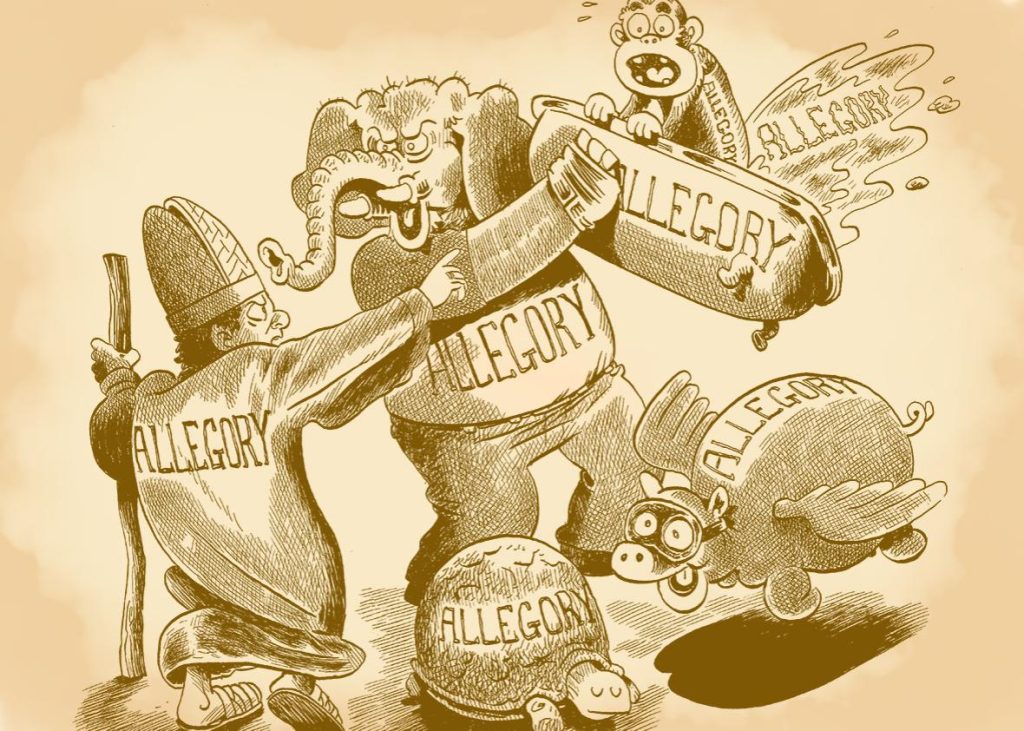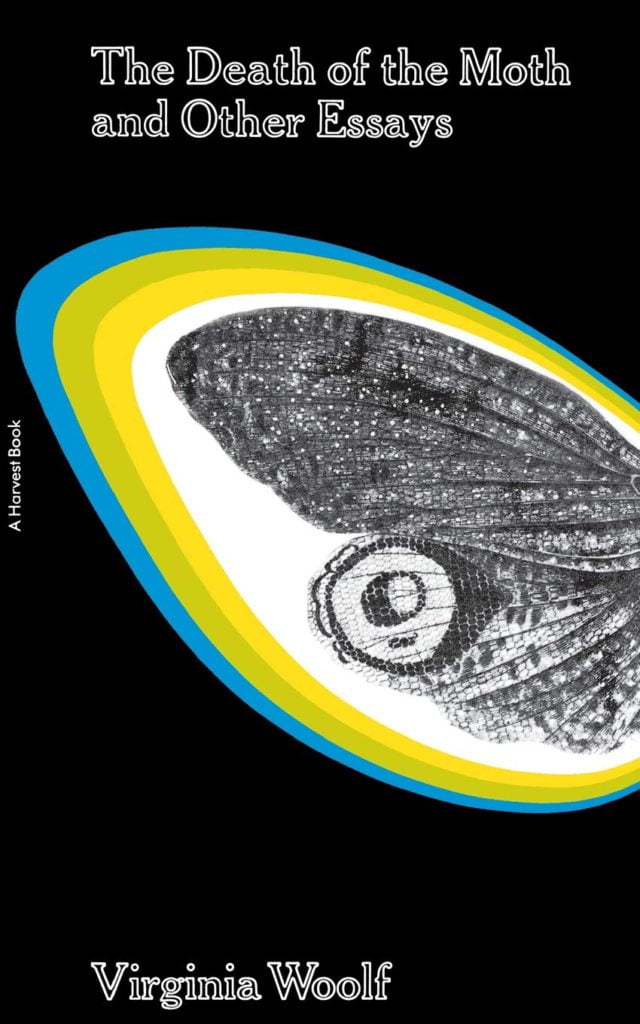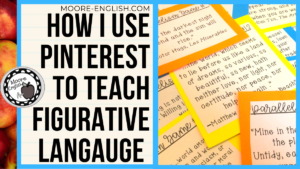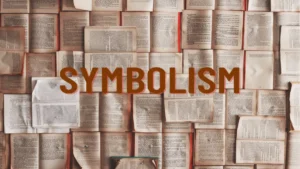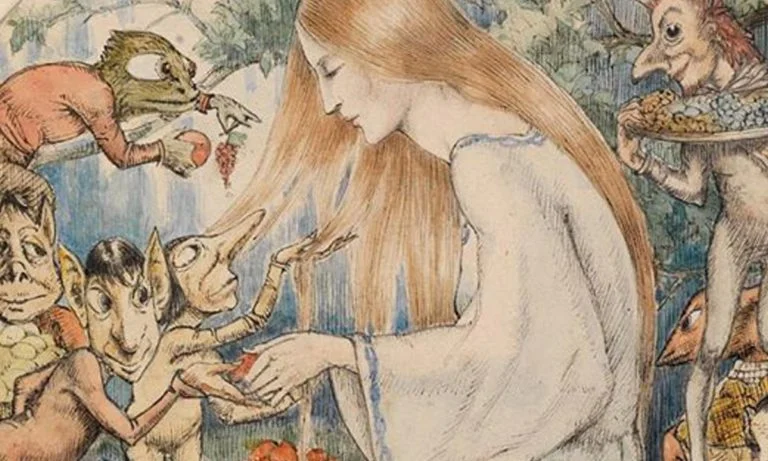In this beginner friendly article on literary devices and their use, we attempt to simplify all that complicated literary mumbo-jumbo for you so that you can accommodate them in your writing. We assure you that your readers will be impressed with your lyrical writing and will always vouch for your literary flair!
Allegory
Allegory is in the form of a fable or a parable. Writers use it to represent ethical or moral values. This literary device refers to the instance when the characters are conceived to be different abstract elements whose purpose is to teach some lesson. It is also an element of satire. The allegory tends to spread a greater message of value through the character or event.

Allegory consists of various types as well which may include Classical Allegory, Biblical Allegory, Modern allegory, etc.Symbolic interpretation is the hallmark of allegorical writing.
The best classical example of allegory may be that by Plato who gave the concept of the “Allegory of the Cave”.
Alliteration
Alliteration is an oft-used creative writing term as well as a literary device. In alliteration, we use the same consonant sound in repetition. It is also important that the alliterative words should be close to each other for being more effective. Alliteration is a common way to describe events in fiction. Various authors use characters’ names in fiction with the use of alliteration to make it more appealing and attractive. Alliteration is a common way of everyday expression. For example, Rocky road, money matters, and so on.
Alliteration is often called head rhyme or initial rhyme. It becomes an important part of English poetry and adds appeal and a rhythmic sound to it. It makes poems more lyrical and appealing. Alliteration beautifies the flow of the poem and makes it more melodious to read.
Example of alliteration may include, “she sells seashells down by the seashore”.
Assonance as a Literary Device
Assonance is an element in creative writing which represents the use of similar vowel sounds in literature. This calls for giving more emphasis to a particular line or phrase in poetry and making it more interesting to the readers. It also gives a better tempo to the poem.

Assonance and alliteration are often confused with each other. While alliteration stands for the similarity of words or sounds of the starting words in poems, Assonance means the similarity of vowels that are closely situated in a sentence or phrase in literature. Therefore, one also uses assonance in prose to give it a lyrical effect.
Assonance may also set a particular mood for a poem whether sorrowful or happy by the constant repetition of vowels in it. This literary device is very much useful for poets who can make their creative work more appealing and attractive with the use of assonances as it is rarely used in proses. It adds an enhancing effect to poetry writing.
Dramatic Irony- The literary device for suspense
Dramatic irony is a literary device often used in plays, movies, theatres, and in poetry. It is a kind of shock ending- the readers often know more about the story, just when the author surprises them with something unexpected. In other words, the author describes the situation in a contradictory note than what the audience is aware of.
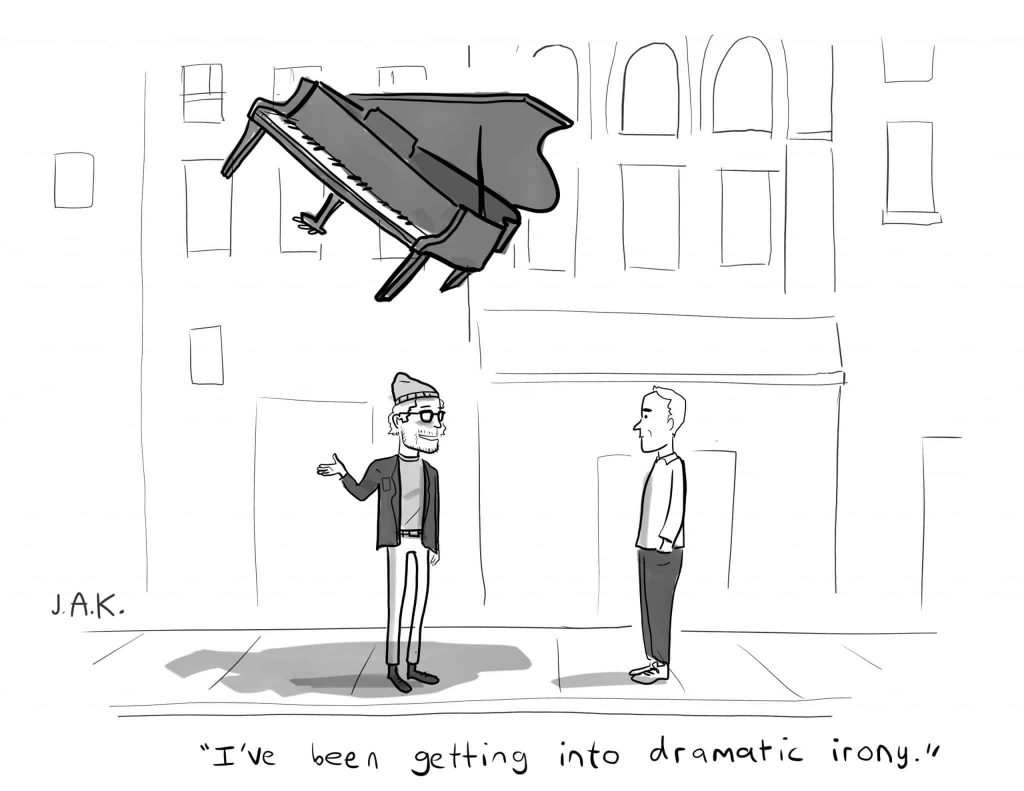
Tragedies are where we find this literary device in abundance. Dramatic irony often leads to the increased appeal of the crowds towards the literature and makes it more attractive.
Dramatic irony is a device of suspense writing. The slow build up resulting in the climax of the story surmises dramatic irony perfectly. It creates humor, anger, confusion or sorrow in the minds of the readers, depending on the story. Macbeth by Shakespeare, Titanic by James Cameron, and George Orwell’s Animal Farm make excellent use of dramatic irony.
Hyperbole- The literary device which Brags
Hyperbole is yet another important literary device which we use to describe events and other details. A hyperbole exaggerates the details. It gives a greater effect of feeling in literature. This is a rhetorical device that may provide a strong feeling and can also create humor in literature to a great extent.
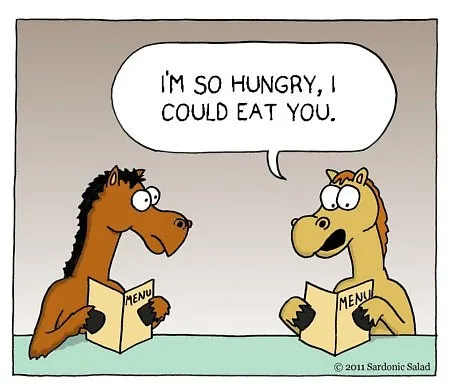
It is a form of figurative symbolism which is even used in everyday conversations also. However, it is different from allegory. Hyperbole is increases the effect and give a strong sense of heroism to the readers. Ancient writings use a lot of hyperboles, especially in legends and myths. It is often an overstatement of what has taken place. Hyperbole may also give an effect of irony in writings.
It is often used in everyday speech. For example, when you see your friend after a long time you can say that “I have seen you after a million years.”
The readers know that such an exaggeration is not a reality, but it adds to the whole appeal of the author’s style. Hyperbole tends to add vibrancy to creative writing.
We know that as a writer, one needs to have a bag full of surprises with them to regale their audience and keep them entertained and informed. These literary devices are a huge help, despite being commonplace. If used ‘just right’ in the way of Goldilocks, one can impress their audience with their flair for writing.
Podium School understands that budding writers would require some expert guidance to give an outlet to their thoughts. You can learn about more devices, join our Creative writing program to attempt interesting assignments and activities to hone the writer in you!
Share with your friends

